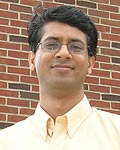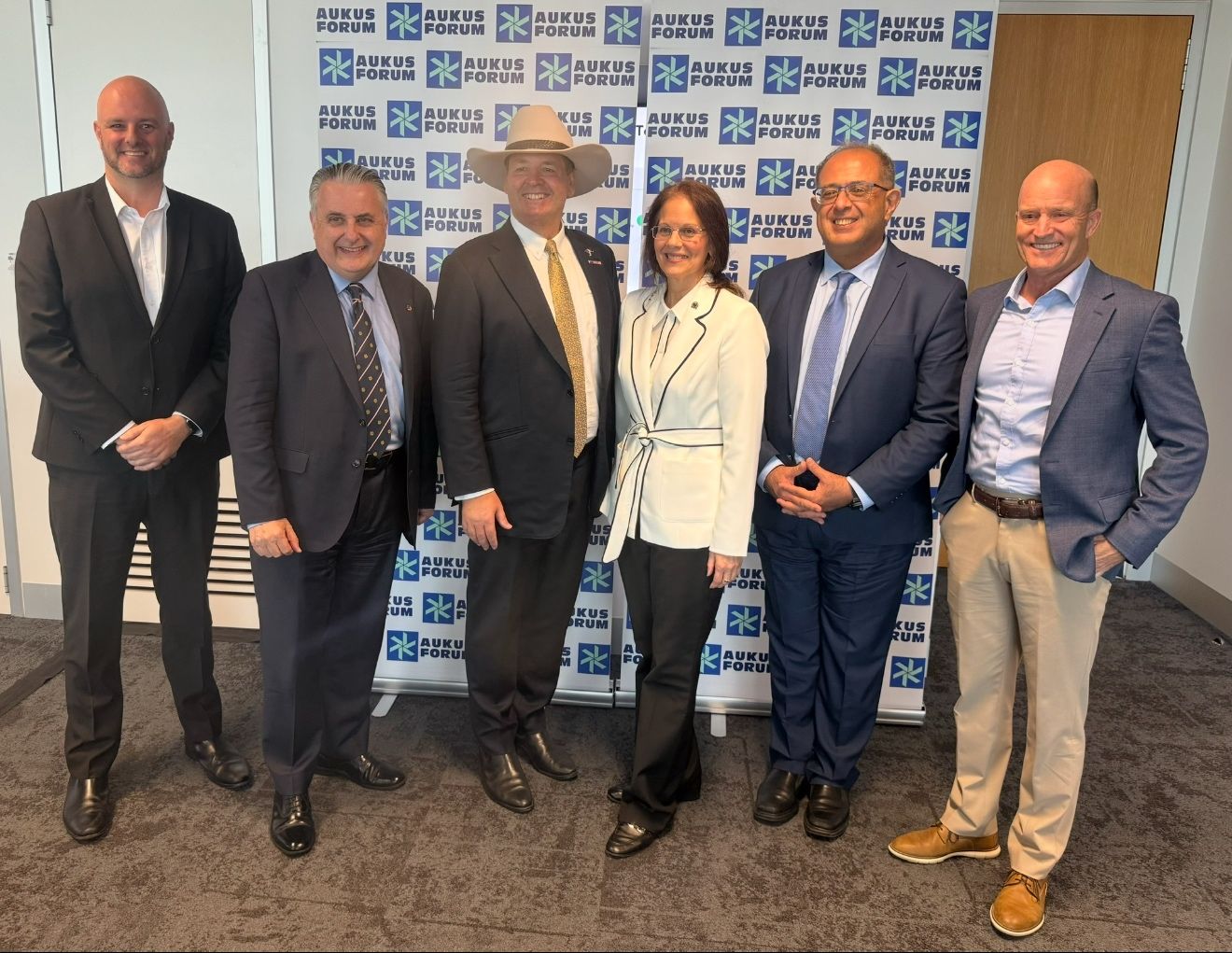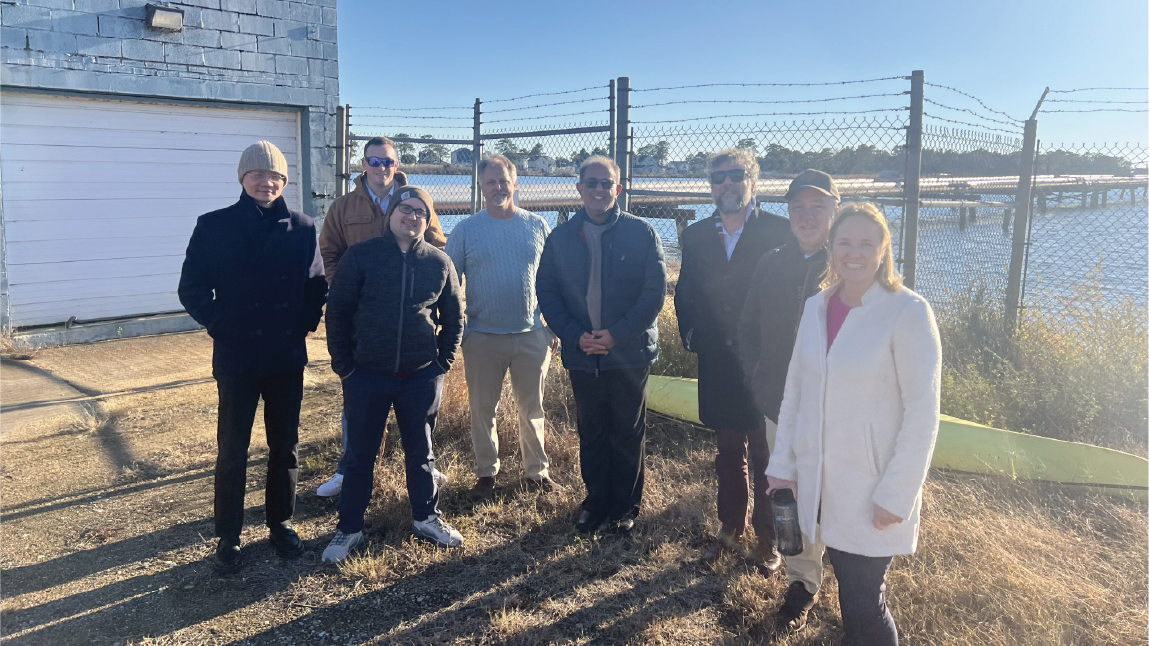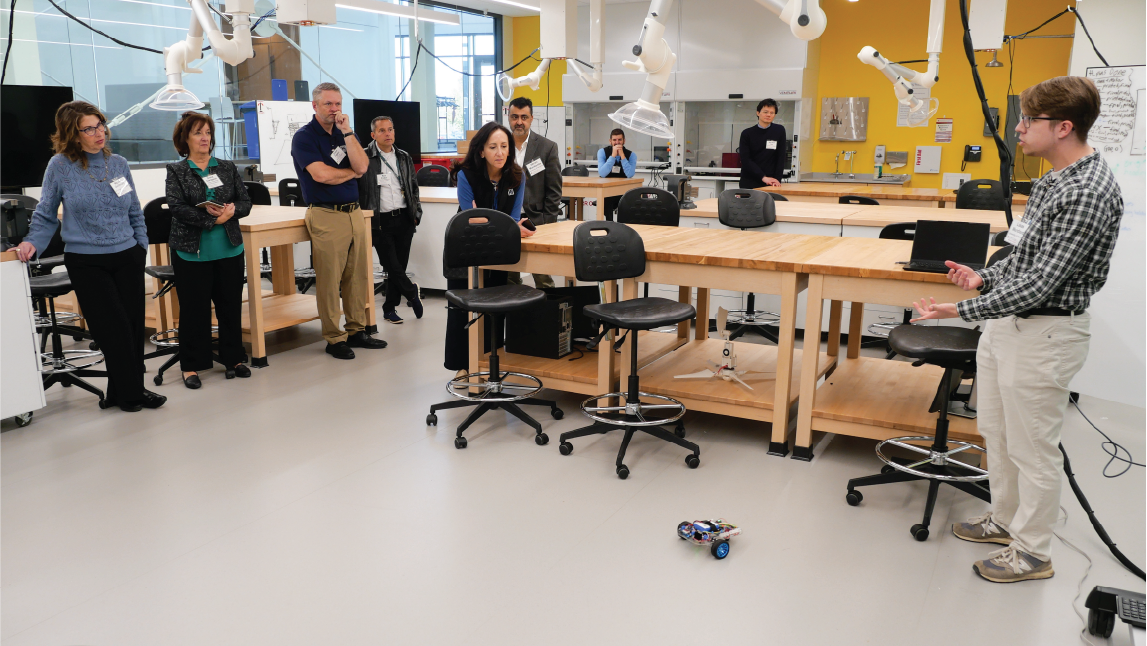News Story
Funding Renewed for Research on Ventilator Alternative
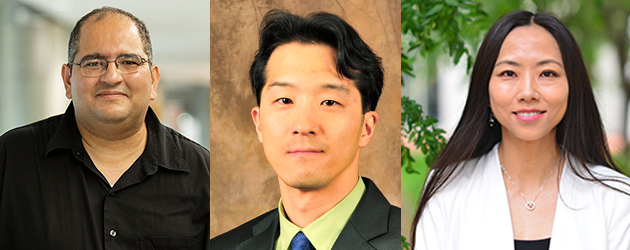
From left: UMD mechanical engineering professors Hosam Fathy, Jin-Oh Hahn, and Miao Yu.
A pioneering collaboration between University of Maryland (UMD) mechanical engineers and a Temple University Hospital medical team led by thoracic Surgeon-in-Chief Joseph Friedberg, M.D., has received renewed funding for its work on an alternative to ventilation machines for patients in an advanced state of respiratory illness.
The team, supported by an NSF Growing Convergence Research (CGR) grant of $3.6 million awarded in 2021, has been developing an approach conceived by Friedberg, based on circulating oxygenated perfluorocarbon into a patient’s abdominal cavity, in effect creating a third lung.
Approximately a third of the funds were released for the first two years, after which there was a competitive renewal process. Following the renewal, the team recently received the remainder of the funding to continue this project for the next three years.
The renewal process “was an opportunity for us to demonstrate scientific progress as well as evidence of interdisciplinary convergence,” said UMD professor of mechanical engineering Hosam Fathy, the UMD Principal Investigator (PI).—
During the first, two-year phase of the grant, the team discovered a hitherto unsuspected complication with the procedure: pumping in pressurized perfluorocarbon may trigger false reads because of its effects on blood circulation.
“While this wasn’t a result we were hoping for, it is valuable from a scientific point of view, as we’re the first to observe this phenomenon and have already published a number of unique contributions related to this project,” Fathy said.
The team then decided to experiment with adding unpressurized perfluorocarbon. Results suggest that while this produces lower oxygenation levels compared to the pressurized liquid, the effects may still be enough to make a difference to patients.
Convergence is writ large in this project, which not only brings together experts from two broad disciplines–engineering and medicine–but also harnesses a range of specific expertise within those fields. On the engineering side, Fathy is joined by UMD colleagues Jin-Oh Hahn (mechanical engineering, Fischell Institute for Biomedical Devices) and Miao Yu (mechanical engineering, Institute for Systems Research), each of whom is working on a particular facet of the “third lung” technology.
Fathy and Hahn, for instance, have been devising pressure, flow rate, and temperature controls, while also developing control algorithms and creating a sophisticated data acquisition system that can track the entire process. Yu is developing sensors that can accurately measure dissolved concentrations of gases.
While Friedberg has been researching its feasibility for years, the 2020 COVID-19 pandemic added new urgency to those efforts.
That said, the applications go well beyond any one type of illness. “Long term, we believe this technology could find a standard role in the treatment of any patient with recoverable lung injury from any cause,” Friedberg said.
Previously the Charles Reid Edwards Professor of Surgery at the University of Maryland Medical Center, Friedberg joined Temple University Health System in 2022. In addition to the position of Surgeon-in-Chief, he is Vice Chair, Surgical Services, Department of Thoracic Medicine and Surgery, and Professor of Thoracic Medicine and Surgery at the university’s Lewis Katz School of Medicine.
“It’s incredibly exciting and a true privilege to work with this team of world class engineers, especially under the auspices of a prestigious NSF grant,” Friedberg said. “Our primary goal remains the production of a device that has potential to save many lives.”
Published October 30, 2023
